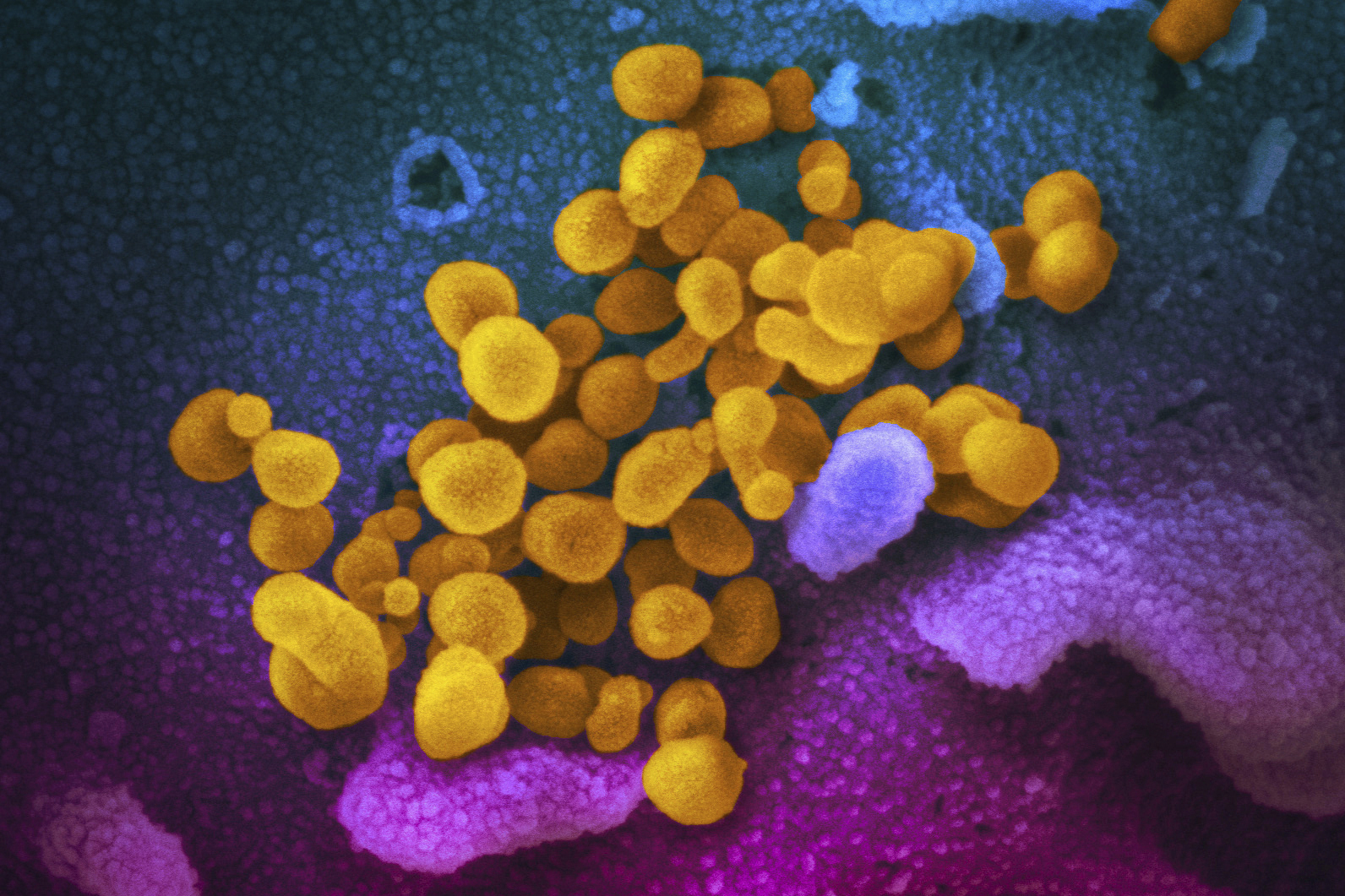A company aiming to bring extinct animals back from the dead said it has taken an elephant-sized step toward genetically resurrecting the woolly mammoth, a wild if contentious goal to repopulate the Arctic tundra with a missing titan.
Colossal Biosciences, a biotechnology company based in Dallas, announced Wednesday it has produced a line of Asian elephant stem cells that can be coaxed to transform into other types of cells needed to reconstruct the extinct giant — or at a least a mammoth-like elephant designed to thrive in the cold.
“It’s probably the most significant thing so far in the project,” said George Church, a Harvard geneticist and Colossal co-founder. “There are many steps in the future.”
For proponents, bringing back vanished animals is a chance to correct humanity’s role in the ongoing extinction crisis. Breakthroughs in their field, they say, may yield benefits for animals still with us, including endangered elephants.
Yet the technical challenges of birthing into the world a living, breathing mammoth remain, well, colossal. And the project raises hairy ethical questions: Who decides what comes back? Where will the reborn species go? Could the money be better spent elsewhere? And how hard will “de-extinction,” as the revival efforts are known, be on the animals themselves?
“The lack of knowledge is the thing that worries me about the welfare of animals,” said Heather Browning, a philosopher at the University of Southampton in England and a former zookeeper.
Read more here from The Washington Post.

















